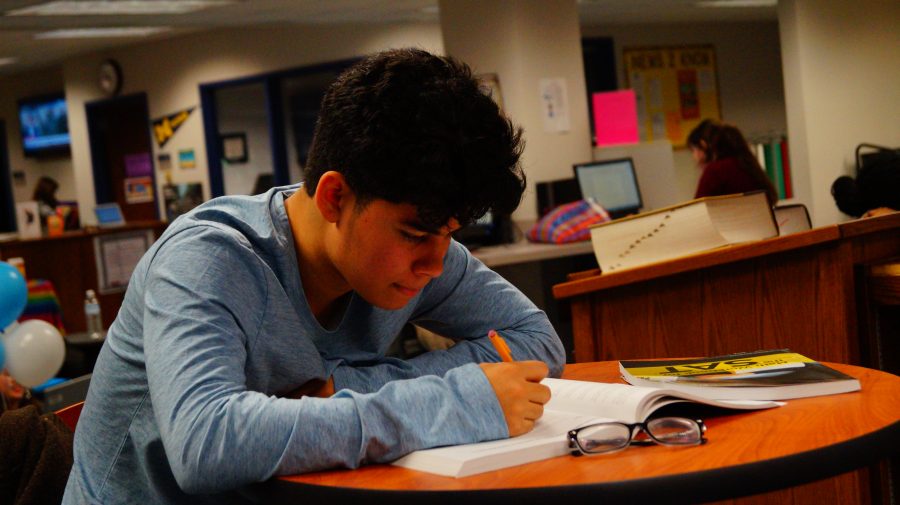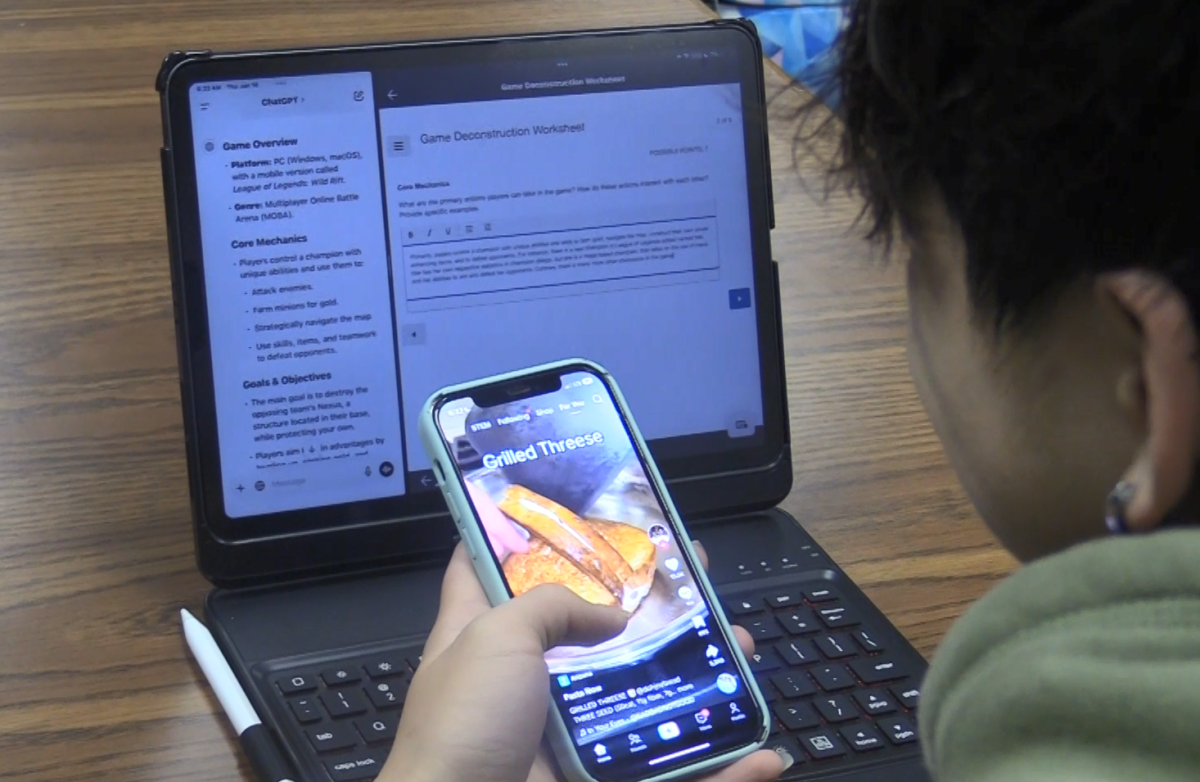ith a new year comes a newly redesigned Scholastic Aptitude Test (SAT)—a dreaded exam for millions of students across the nation.
The new SAT consists of a new grading scale, accompanied by changes to the type of questions, while still remaining consistent in the topics that are tested (math, reading, and writing). This will be the last year the original SAT will be given out before it becomes officially extinct.
Counselor Sara Tones is excited about the reformatted SAT, which will be given to juniors on campus on March 2.
“There is a new structure. Everything basically. Everything is new. The scoring system is new. The timing is new. And the question format is new,” Tones said.
Only students from the Class of 2017 and above can take this new SAT if they wish to. Unlike the old SAT, this SAT will be three hours long, with fifty additional minutes if the student decides to take the optional essay.
Some students may wonder how this redesign will benefit them.
“It’s just different,” Tones explained. “I can’t speak to whether it’s going to be a benefit or not because I really don’t know [because] we haven’t seen it yet.”
The new SAT, according to Tones, will be much more similar to the ACT. The exam will focus more on actual skills taught in schools rather than relying on testing tricks. The math section will focus more on data and graph interpretations and basic trigonometry instead of the usual geometry and shapes. Just like the ACT, the new SAT will not penalize students for guessing incorrectly, so students should try their best to answer each and every question. Lastly, the SAT will only have four answer choices, instead of five.
“It’s just going to be more similar to how ACT does it,” Tones said “The actual questions are more evidence-based. Less emphasis on vocabulary. So there’s not the famous SAT words people talk about—the big vocabulary words. The questions are more formatted to the ACT… March will be the first time they release it.”
According to the College Board, the purpose of the SAT is to predict how well a student will do in college by including content and skills that are related to college potential. GPA alone will not determine how well a student may or may not do in college. The redesign will allow for a better analysis of a student’s performance, while at the same checking a student’s college readiness.
Moreover, the SAT is free in March for all Alief juniors.
“The district started paying for all juniors to take one SAT last year. This is actually the [second] year of that program. It doesn’t correlate with the release of the new SAT—that part is [just a] coincidence,” Tones wrote in an email.
According to college and career clerk Michelle Moncada, students should aim to score between 1000 and 1200, which is about the national average. Tones wants to let students know they can get prepared for the upcoming SAT by visiting Khan Academy through the College Board for personalized study questions. Juniors can also go see teachers Margaret Bancroft, Daniel Gill, Ayn Nys, or librarian Paula Murray for more info and study help. These teachers are trained by Princeton Review and are available to help students one-to-one or in a study group.







